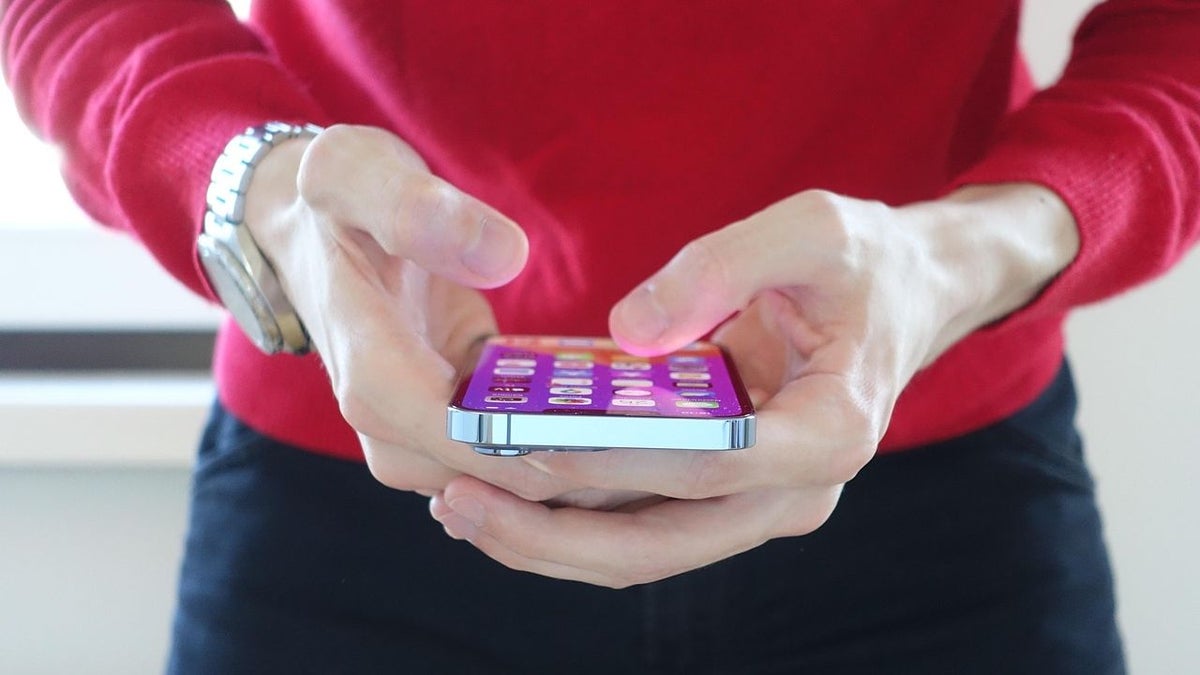
Why the iPhone 16 Pro Max and Galaxy S25 Ultra Are Just Too Much
Do you check your iPhone 16 Pro Max or Galaxy S25 Ultra the moment you wake up? Feel anxious when it’s not near you? Endlessly scroll through socials like it’s your job? If yes, you might be stuck in the smartphone trap-but it’s not all your fault.
Information overload at your fingertips
The internet revolution of the early ’90s promised global access to knowledge. It broke down walls, exposed secrets, and helped dismantle oppressive regimes. Back then, accessing information took effort-dial-up connections, desktop computers, and libraries.
Fast forward to today, and everyone carries a pocket-sized portal to the entire digital universe. These high-end devices, like the iPhone 16 Pro Max and S25 Ultra, make the deluge of data instant and relentless. And it’s messing with our heads.
Notifications never sleep
Modern smartphones are engineered to scream for your attention. Push alerts, pop-ups, reminders-it’s a never-ending chorus of “Look at me!” Whether it’s your health app nagging about your steps, TikTok reminding you to post, or Instagram begging for engagement, the psychological impact adds up.
A 2016 study confirmed that frequent notifications impair task performance and reduce concentration. Your brain doesn’t just get distracted-it gets rewired to expect constant stimuli.
FOMO: The invisible leash
The constant connectivity breeds FOMO-fear of missing out. Every ping could be urgent or socially vital. You might miss the latest meme, a group chat meltdown, or a trending video. This fear keeps you glued, even when you’re supposed to be unwinding.
Researchers link FOMO to increased distraction, even during risky activities like driving. It’s also a strong predictor of internet and smartphone addiction. We’ve become mentally tethered to our phones, even in moments meant for peace. Like one user who panicked during a tech-free canoe trip because she was separated from her iPhone 16 Pro Max. That’s not just attachment-that’s withdrawal.
Dopamine farming by design
Smartphones exploit the brain’s reward systems. Psychiatrists say the addictive nature of phones mimics the patterns seen in substance abuse. Every scroll, every notification, every like triggers a dopamine hit.
App designers know this. That’s why features like infinite scroll exist-to make sure you never reach the end. It’s no accident that apps mimic slot machines. Refreshing a feed is like pulling a lever, and every update is a hit of digital sugar.
The vibrant colors, bouncy animations, and sounds of iOS 26 or One UI on these flagships? They’re not just design flourishes-they’re engineered stimuli designed to keep you coming back for more.
How to break the cycle
Giving up your smartphone isn’t realistic. But taking steps to reduce its grip on your life? Absolutely doable.
- No screens for the first hour: Let your mind wake up naturally. Ditch the dopamine jumpstart.
- Silence non-essential notifications: Customize your settings to block out the noise and keep only what matters.
- Smartphone-free days: Even just 24 hours can help reset your mental patterns.
- Follow the 20/20 rule: Take a 20-second break every 20 minutes to rest your eyes, especially with small, bright screens.
- Live offline: Go outside. Meet real people. Do real things. Analog experiences are the real antidote.
Tech giants have built these phones and systems to keep us hooked. But awareness is your first step to freedom. Your phone is a tool, not a master. Time to reclaim the balance.